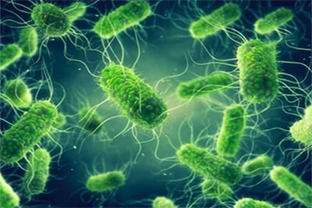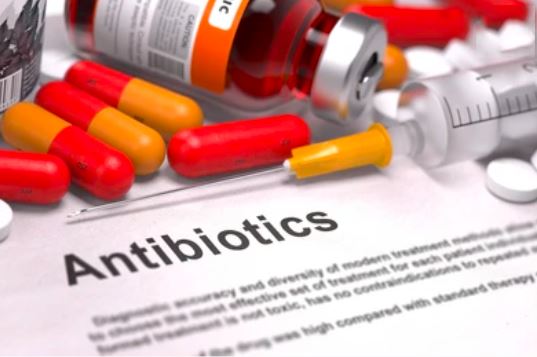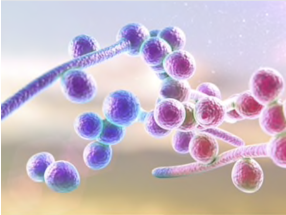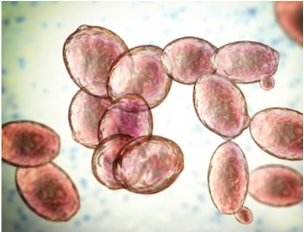Lipidomics Applications for Microorganism
The lipids found in microorganisms can be substantially different from those in eukaryotic systems, but they are equally important for maintaining the structure of the microbiology and providing protection from the surrounding environment. Compared with mammals lipidomics research, microorganisms lipidomics research has the following advantages, (1) The lipidomics are relatively simple (The types of fatty acids in microbial cells are less than those in mammals, and there are no polyunsaturated fatty acids); (2) The microbial culture time is short and the culture process is relatively simple; (3) A large number of mutants are produced by gene knockout technology, which can be further analyzed by studying the effect of the gene at the molecular and cellular levels.
In recent years, the research of lipomics in the field of microbiology has been developed rapidly, including the study of microbial phenotype, the study of microbial infectivity and the mechanism of microbial drug resistance. Therefore, the research on lipids and their interaction molecules has become the research focus in the field of microbiology. Creative Proteomics provides reliable, rapid and cost-effective microorganisms lipidomics based on LC-MS or shot-gun methods for biomedical research institutions, biotechnology and pharmaceutical companies.

Host–Pathogen Interactions
Infectious diseases are a continuous burden on global health. AIDS, Malaria and Tuberculosis are the top three infectious diseases by scale of mortality. As a result it is becoming increasingly evident that lipids play important roles at various stages of host–pathogen interactions. They act in first line recognition and host cell signaling during pathogen docking, invasion and intracellular trafficking. Lipid metabolism is a housekeeping function in energy homeostasis and biomembrane synthesis during pathogen replication and persistence. With decades of operational experience and technology platform, Creative Proteomics provides reliable, rapid, and cost-effective microorganisms lipidomics services based on LC-MS or shot-gun methods for host–pathogen interactions research.
Learn More
Antibiotic Resistance Research
The severity of the ongoing antibiotic resistance crisis is leading to novel and creative approaches to characterize and classify bacteria. While the field has largely been driven by genomics and transcriptomics, there is growing use of mass spectrometry–based lipidomics, towards the study of microbial systems. Matrix-assisted laser desorption/ionization time-of-flight mass spectrometry (MALDI-TOF) platforms has been established for the identification of microbial species. Recent works on bacterial lipid analysis by MS have demonstrated that lipidomic signatures of microorganisms may be equally or more powerful than those based on proteomics. Creative Proteomics provides reliable, rapid, and cost-effective microorganisms lipidomics services based on MALDI-TOF methods for antibiotic resistance research.
Learn More
Microorganisms Lipidomics in Drug Research
Creative Proteomics provides lipidomics solutions to accelerate the progress of projects such as drug discovery, drug resistance studies, and drug mechanism of action studies.
Learn More
Microorganisms Lipidomics for Fermentation Conditions Optimization
Creative Proteomics provides a full range of lipidomics services based on GC-MS and LC-MS platforms for fermentation condition optimization.
Learn More* Our services can only be used for research purposes and Not for clinical use.







